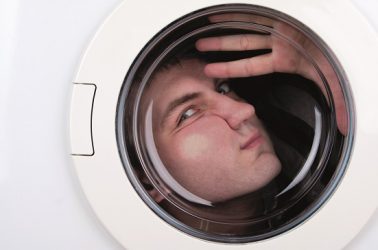Preventing injuries around machinery

Working with machinery means that accident prevention should always be a top priority. The Health and Safety Executive reports that over 580,000 workers sustain non-fatal injuries at work annually. There are many causes for these injuries, but some of them are due to machinery being misused or used without adequate safety precautions.
Employer responsibilities
Employers have a responsibility to keep their workers safe and guard against injuries and accidents when employees use machinery at work. Details are laid out in the Provision and Use of Work Equipment Regulations (PUWER) 1998.
Types of hazards
There are several hazards to be aware of when working with machinery. A worker can trap a body part in a machine, or get their clothing, hair or jewellery caught. Workers can also be crushed by machinery or moving parts, hit by loose machine parts, or injure themselves on parts of the machine, such as sharp edges or hot surfaces.
A hazard-free environment
In areas where there is a danger of injury because of the machinery being used, it is vital to carry out a proper risk assessment and deal with any hazards that are identified. If possible, hazards should be removed completely. If hazards are inevitable due to the type of machinery being used, then the risk of injury should be reduced as much as possible, by whatever means necessary.
Reducing risk of injuries around machinery
There are few ways to make work machinery as safe as possible. All workplace equipment should be fitted with safety guards when possible and safety signs should be displayed. Work equipment with safety design and controls should be used wherever possible. This may include emergency stop controls, lockout/tagout equipment to prevent machinery being accidentally turned on, and ‘fail-safe’ systems that stop the machine when a fault is detected. It is also vital that employers provide machinery that is suitable for purpose and complies with all safety regulations and standards.
Creating a safer work environment
There are several further steps that employers can take to ensure that those operating machinery are kept as safe as possible. Providing adequate training for all machine operators is vital, as is providing supervision to ensure that procedures are followed. Part of this training should cover the importance of using personal protective equipment (PPE) such as safety helmets, work gloves and eye protection. It is also vital that every organisation follows a strict schedule regarding the inspection and maintenance of all work equipment, including safety guards and other safety devices attached to machinery.
Dos and Don’ts for employers
When employees work with machinery…
Do:
- Fit safety guards and other safety devices where necessary
- Ensure that everyone is well-trained and adequately supervised
- Provide the right kind of PPE, and safety signage to remind workers to use it
Don’t:
- Cut costs by buying machinery that is unsuitable or lacks safety features
- Get behind on maintenance and inspection schedules
- Allow untrained staff or those not wearing the correct PPE to operate machinery
Injuries at work are not uncommon, but having the correct accident prevention strategies in place can make them much less likely and reduce their severity.
